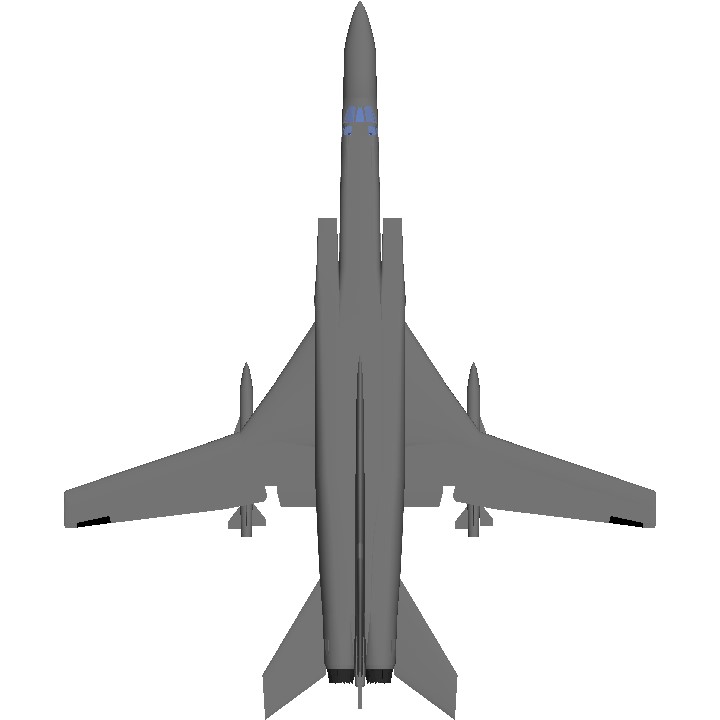render the bomber obsolete.As in the case of its contemporaries, the MiG-23 and Su-17 projects, the advantages of variable-sweep wing (or "swing wing") seemed attractive, allowing a combination of short take-off performance, efficient cruising, and good high-speed, low-level flight. The result was a new swing-wing aircraft named Samolyot 145 (Aeroplane 145), derived from the Tupolev Tu-22, with some features borrowed from the abandoned Tu-98 project. The Tu-22M was based on the Tu-22's weapon system and used its Kh-22 missile. The Tu-22M designation was used to help get approval for the bomber within the Soviet military and government system.The Tu-22M designation was used by the Soviet Union during the SALT II arms control negotiations, creating the impression that it was a modification of the Tu-22. Some suggested that the designation was deliberately deceptive, and intended to hide the Tu-22M's performance. Other sources suggest the "deception" was internal to make it easier to get budgets approved. According to some sources, the Backfire-B/C production variants were believed to be designated Tu-26 by Russia, although this is disputed by many others. The US State and Defense Departments have used the Tu-22M designation for the Backfire.Production of all Tu-22M variants totalled 497, including pre-production aircraft.
Specifications
General Characteristics
- Predecessor TU22M3M
- Created On Android
- Wingspan 129.2ft (39.4m)
- Length 157.0ft (47.9m)
- Height 41.9ft (12.8m)
- Empty Weight N/A
- Loaded Weight 114,915lbs (52,124kg)
Performance
- Power/Weight Ratio 2.053
- Wing Loading 45.1lbs/ft2 (220.1kg/m2)
- Wing Area 2,549.2ft2 (236.8m2)
- Drag Points 39943
Parts
- Number of Parts 681
- Control Surfaces 14
- Performance Cost 3,130




